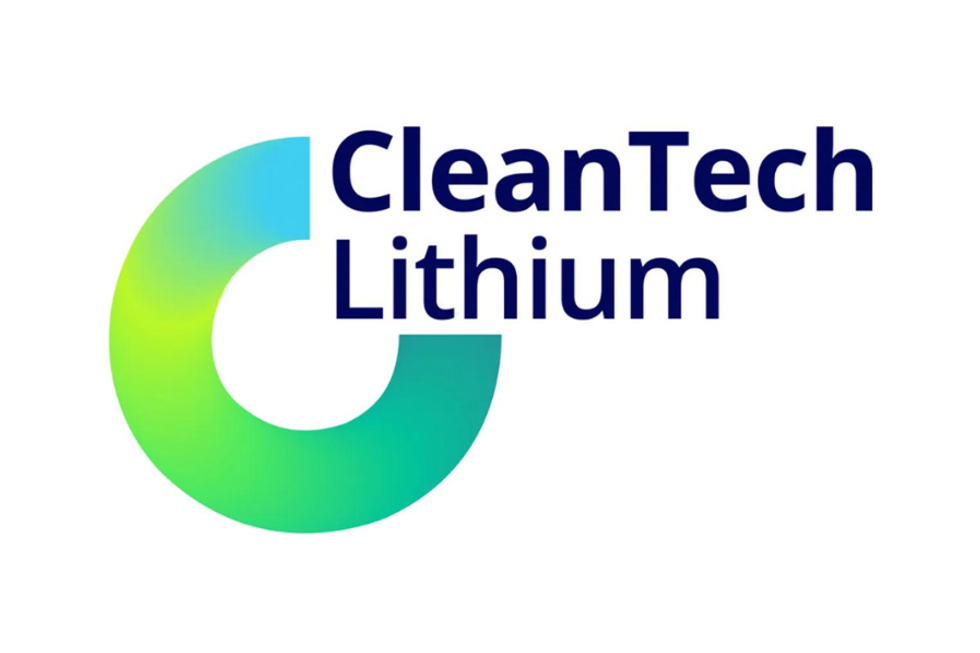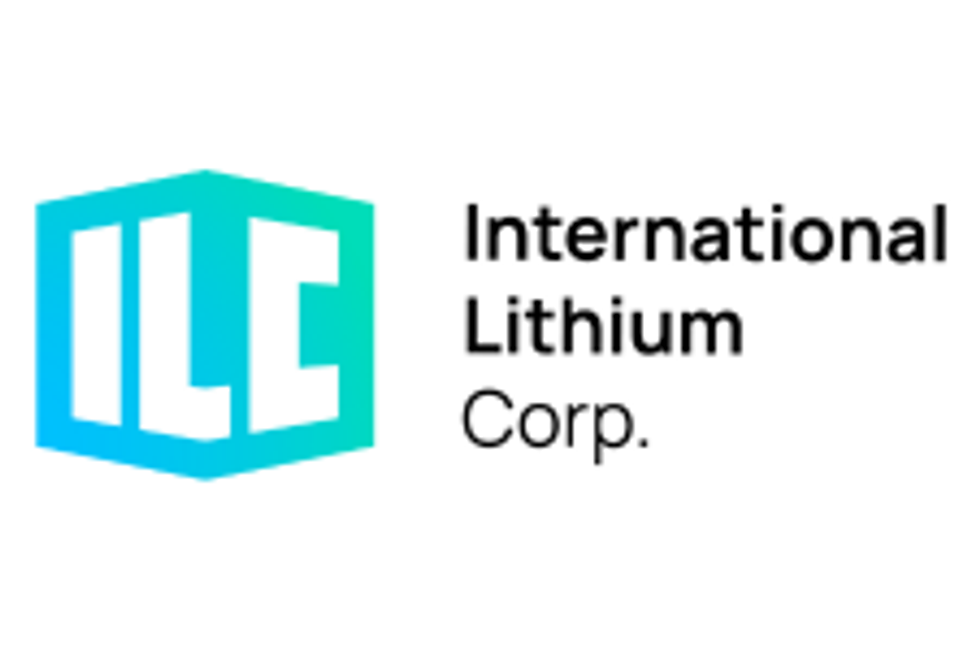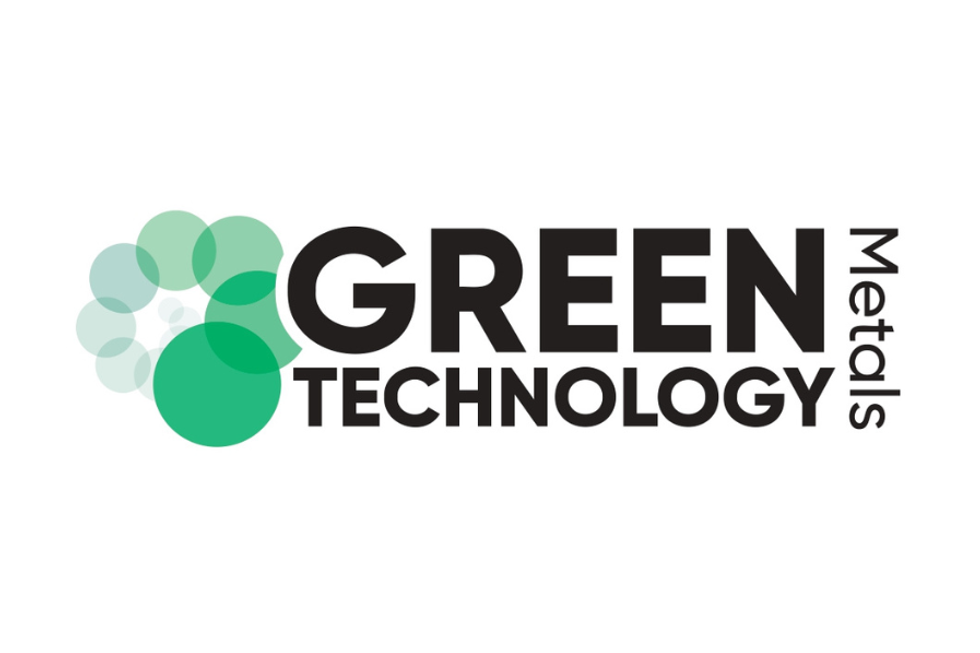Beyond Lithium Ion: The Future of the Global Battery Market

Currently, lithium ion batteries reign supreme. But the market may see some shifting competition in the next ten years.
However, this sort of market, where demand continues to spike and competition remains constant, can’t last forever. Indeed, industry watchers are already anticipating shifts in the market place.
Growing market for electric vehicles
The market for EVs is growing rapidly and the market for lithium ion batteries is benefiting from this growth. BCG published a report titled “Batteries for Electric Cars: Challenges, Opportunities, and the Outlook to 2020,” that estimates that the market for electric-car batteries will reach about $25 billion by 2020. With an estimated 14 million electric cars forecasted to be sold across China, Japan, the US and Western Europe, it stands to reason that the corresponding battery market will be exhibiting concurrent growth. Currently, lithium ion batteries have a monopoly on this $25 billion market. However, this could shift over the next decade.
The rise of next generation batteries
Lux Research has found that, although incremental improvements may extend the dominance of lithium ion batteries over the next ten years, a new generation of batteries will eventually displace their monopoly on the EV market. And this shift may occur sooner that you’d think: the research group anticipates that this new market of next-generation battery technologies will be worth a whopping $10 billion by 2030.
Cosmin Laslau, Lux Research Senior Analyst and author of the report “The Next-Generation Battery Roadmap: Quantifying How Solid-State, Lithium-Sulfur, and Other Batteries Will Emerge After 2020” stated that “next-generation battery developers are pursuing technology improvements and mass-production scale-up, though incumbent Li-ion is still improving quickly, thanks to massive investments. . . . Companies with an important stake in the battery market should invest in next-generation batteries as well as advances in Li-ion, to make sure they maintain a strong position as the technology mix shifts.”
Therefore, savvy investors should keep an eye on both the lithium-ion batter market and next-generation competitors in coming years. In particular, lithium-sulfur will jump from $6 billion in 2030 to $29 billion in 2035 in the transportation market, while solid-state batteries will climb from $3 billion to $42 billion over the same period.
Don’t forget to follow us @INN_Technology for real-time news updates.
Related Reading:
Top Trends in the Lithium Ion Battery Market





